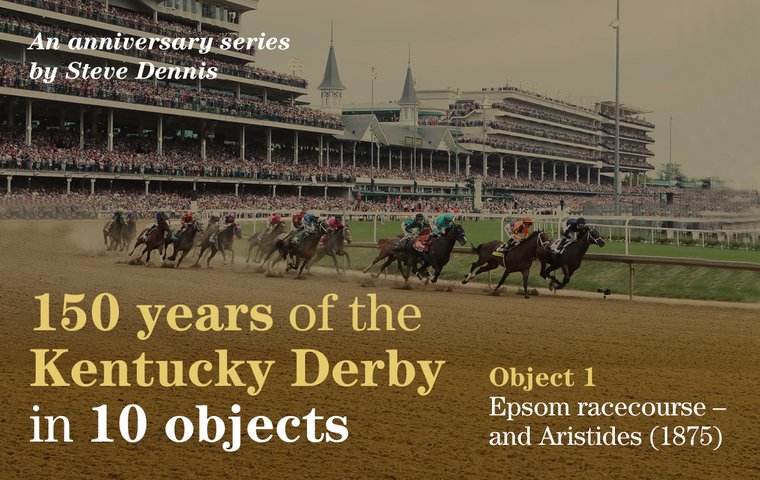
As the Kentucky Derby approaches its 150th renewal, we launch our new series with the very first edition as Steve Dennis traces the influence of a venerable original on the other side of the Atlantic
Two nations separated by a common language, united by an uncommon race. The US has provided the UK with so many wonderful things – jazz, nylons, movie-star football club owners – and in return, once upon a time, the UK bestowed upon the US the idea for its greatest horse race.
The Kentucky Derby (‘Durrby’), which celebrates its 150th edition this year on the traditional first Saturday in May at Churchill Downs, remains the one race in the US that resonates in the nation’s cultural purview. Like the Grand National in Britain, the Melbourne Cup in Australia, it transcends the usual parameters of horse racing, draws in those who are otherwise unmoved by the sport.
Yet despite the all-American hyperbole of the ‘greatest two minutes in sport’, the mint juleps and the old Kentucky home, Uncle Sam’s most famous race began life as British as warm beer and indifferent dental hygiene, with its ‘Derby’ (‘Darrby’) name – if not its pronunciation – and initial distance of a mile and a half borrowed wholesale from the venerable original run at Epsom since 1780.
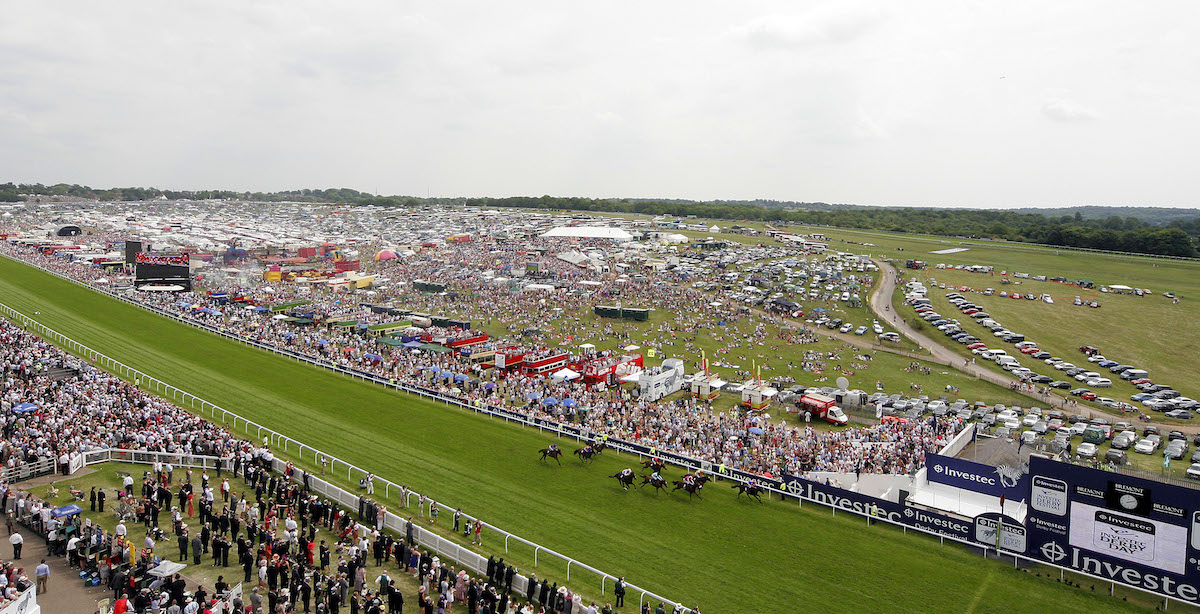
The Kentucky Derby (Durrby) was born out of the desire to reconstruct the fortunes of the sport after the Civil War, with the bluegrass state particularly hard hit by the conflict. The man in the vanguard of that effort was Colonel Meriwether Lewis Clark, a Louisville socialite and racing devotee, who turned his gaze east to glimpse the future.
Momentous journey
The 26-year-old Colonel travelled to Europe in 1872, attending the Derby (Darrby) at Epsom and visiting Longchamp in gay Paris to see how things were done on the starboard side of the Atlantic.
It was not as titanic a journey as the one undertaken by his grandfather William Clark, who helped map the western territory of the continent on the Lewis and Clark Expedition of 1803-06, but it was as momentous for the future of horse racing in the US.
He returned home with his head full of ideas and set about implementing them. There was no question of mimicking the eccentric switchback layout of Epsom, but Clark nevertheless took his lead from Britain and France and formed the Louisville Jockey Club to raise funds to build a new racecourse, whereupon 32 local enthusiasts bought their way into racing aristocracy with a contribution of $1,000 apiece – a substantial sum of money at the time.
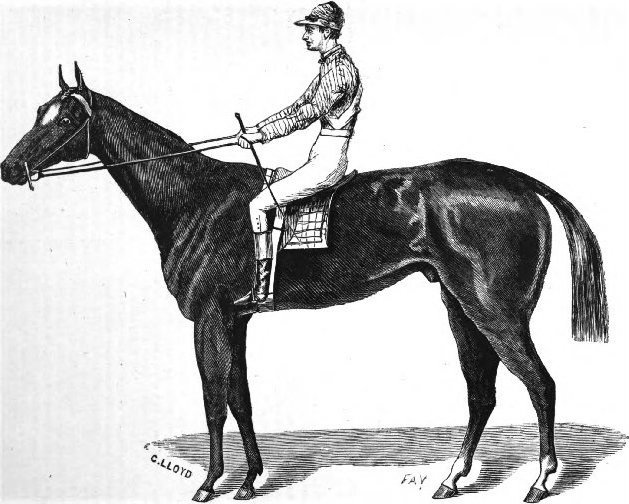 Clark purchased land from the Churchill family for the purpose – hence the name – and the track opened with a four-race card on Monday, May 17, 1875, with the inaugural Kentucky Derby as the headline contest, with 15 horses – two fillies, three debutants among them – lining up in pursuit of the $2,850 purse for the winner.
Clark purchased land from the Churchill family for the purpose – hence the name – and the track opened with a four-race card on Monday, May 17, 1875, with the inaugural Kentucky Derby as the headline contest, with 15 horses – two fillies, three debutants among them – lining up in pursuit of the $2,850 purse for the winner.
“Today will be historic to Kentucky annals,” ran the editorial in the Louisville Courier-Journal. “It is the first ‘Derby Day’ of what promises to be a long series of annual turf festivities which we confidently expect our grandchildren 100 years hence to celebrate in glorious continuous rejoicings, because the president [Clark] hopes to make this a duplicate for the great English turf event.”
The betting favoured Chesapeake, who had won over two miles at Lexington four days earlier – the past demonstrably being a foreign country.
Pacemaking duties
He was trained by Ansel Williamson and carried the ‘green, orange belt’ colours of Henry Price McGrath, as did his barnmate Aristides, a diminutive chestnut who had finished last over a muddy track on his seasonal debut a week earlier. The belief was that Aristides would undertake pacemaking duties to the benefit of the strong stayer Chesapeake – a ‘rabbit’, if you like.
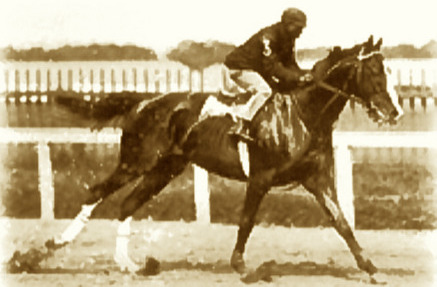 For the first time in the Kentucky Derby, but certainly not for the last, the pre-race consensus proved well wide of the mark. There was a fast early pace but it was set by McCreery, although after half a mile Aristides, ridden by 19-year-old Oliver Lewis, went to the lead.
For the first time in the Kentucky Derby, but certainly not for the last, the pre-race consensus proved well wide of the mark. There was a fast early pace but it was set by McCreery, although after half a mile Aristides, ridden by 19-year-old Oliver Lewis, went to the lead.
He maintained the strong gallop while behind him Chesapeake began to feel the heat, to the extent that their owner felt it necessary to call an audible mid-race. The past etc (see above).
McGrath was standing at the top of the stretch, and when he saw that Chesapeake no longer held any chance he moved to plan B, waving his arms at Lewis – who knew he wasn’t supposed to win – to encourage him to kick on. Lewis kicked on, and so legends are born.
Aristides stayed away to win by two lengths from Volcano, with Verdigris third and Chesapeake only eighth. The winner stopped the (grandfather?) clock in 2m 37¾s, which was regarded as a world record for the distance; he’s honoured annually in a race named after him at Churchill Downs, where there is a life-sized bronze in the Clubhouse Garden.
Over its 149 iterations almost everything about the Derby has changed apart from the venue. The distance was reduced to the modern mile and a quarter in 1896; the purse for the winner has increased exponentially to the point where this year’s champ will collect a record $3.1 million of a total $5m; there will be no debutants in the 2024 Derby and the winner will neither have run the week before nor have his tactics changed by his owner mid-race.
Fundamental change
Perhaps the most fundamental change is among the personnel. In 1875, 13 of the 15 riders were Black African-Americ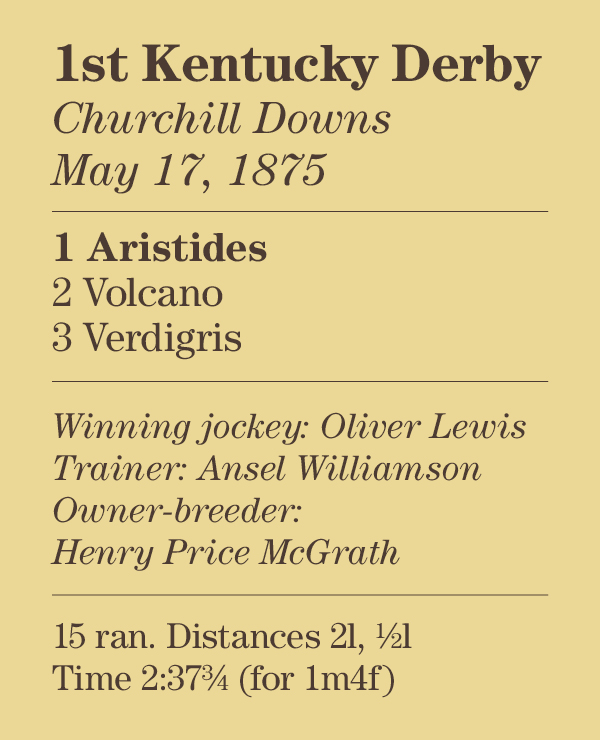 ans, including the victorious Lewis, who would never ride in the Derby again. Ansel Williamson, a former slave and future Hall of Famer, was also Black.
ans, including the victorious Lewis, who would never ride in the Derby again. Ansel Williamson, a former slave and future Hall of Famer, was also Black.
Black jockeys won more than half of the next 27 Derbys, until Jimmy Winkfield, whose extraordinary life is illustrated here, won his second Derby in 1902 and became the last successful Black jockey.
Indeed, between 1921 and 1999, no Black jockeys rode in the Derby; Marlon St. Julien was seventh on Godolphin’s Curule in 2000.
The future is usually indistinct, and on this occasion was particularly blurry after the local bourbon had gone round a few times in the post-race afterglow.
But Clark’s vision had been gloriously realised, and although Sir Barton, Secretariat and Mage could not even have been a twinkle in his eye, the ground for their exploits had been laid. The Kentucky Derby was up and running, the gift from the Old World to the New World that has kept on giving.
• Visit the Kentucky Derby website
Jay Hovdey’s Favorite Racehorses: Smarty Jones – ‘You know, this is America’s horse!’
The road less traveled: how Secretariat’s sons left their mark in Italy, Hungary and Switzerland
More than just a US phenomenon: how Secretariat’s progeny fared in Europe
View the latest TRC Global Rankings for horses / jockeys / trainers / sires


